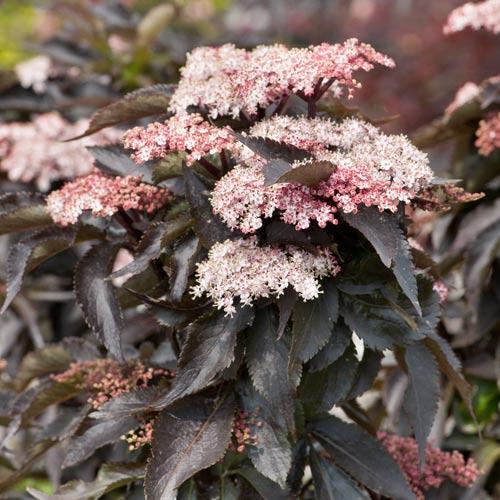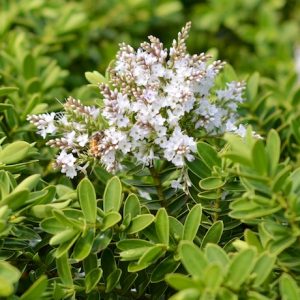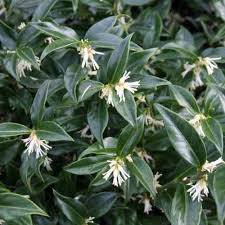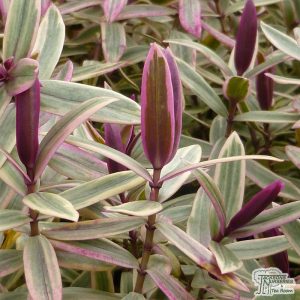Botanical name
Sambucus nigra f. porphyrophylla ‘Black Tower’
Other names
Elder ‘Black Tower’, Black elder ‘Black Tower’, Elderberry ‘Black Tower’, European elder ‘Black Tower’, Sambucus nigra f. porphyrophylla ‘Eiffel 1’
Genus
Sambucus
Variety or Cultivar
‘Black Tower’ _ ‘Black Tower’ is an upright, columnar deciduous shrub with dark stems, green when young, bearing pinnate, toothed, purple-black leaves and flattened panicles of fragrant, pink flowers in early summer followed by round, glossy, dark purple to black fruit in autumn.
Native to
Garden origin
Foliage
Deciduous
Fragrance
Flowers are fragrant.
Habit
Upright
Toxicity
Any part of the plant may cause discomfort if ingested. However, the berries may be consumed when cooked.
COLOUR
Flower
Pink in Summer
Foliage
Dark-purple, Black in Spring; Dark-purple, Black in Summer; Dark-purple, Black in Autumn
HOW TO CARE
Watch out for
Specific pests
Black-fly , Glasshouse red spider mite
Specific diseases
Verticillium wilt
General care
Pruning
Pruning group 1. Group 7 if grown for foliage only. Will tolerate hard pruning to keep size in check.
Propagation methods
Hardwood cuttings, Softwood cuttings
WHERE TO GROW
Sambucus nigra f. porphyrophylla ‘Black Tower’ (Elder ‘Black Tower’) will reach a height of 2.4m and a spread of 1.2m after 10-20 years.
Suggested uses
Beds and borders, Coastal, Hedging/Screens, Low Maintenance, Wildlife, Woodland
Cultivation
Will tolerate most soils and aspects; ideally, grow in a moderately fertile, moist, well-drained soil in full sun. Will tolerate partial shade but will have best foliage colour in full sun. Suitable for use as a hedge.
Soil type
Chalky, Clay, Loamy, Sandy (will tolerate most soil types)
Soil drainage
Moist but well-drained, Well-drained
Soil pH
Acid, Alkaline, Neutral
Light
Partial Shade, Full Sun
Aspect
North, South, East, West
Exposure
Exposed, Sheltered







